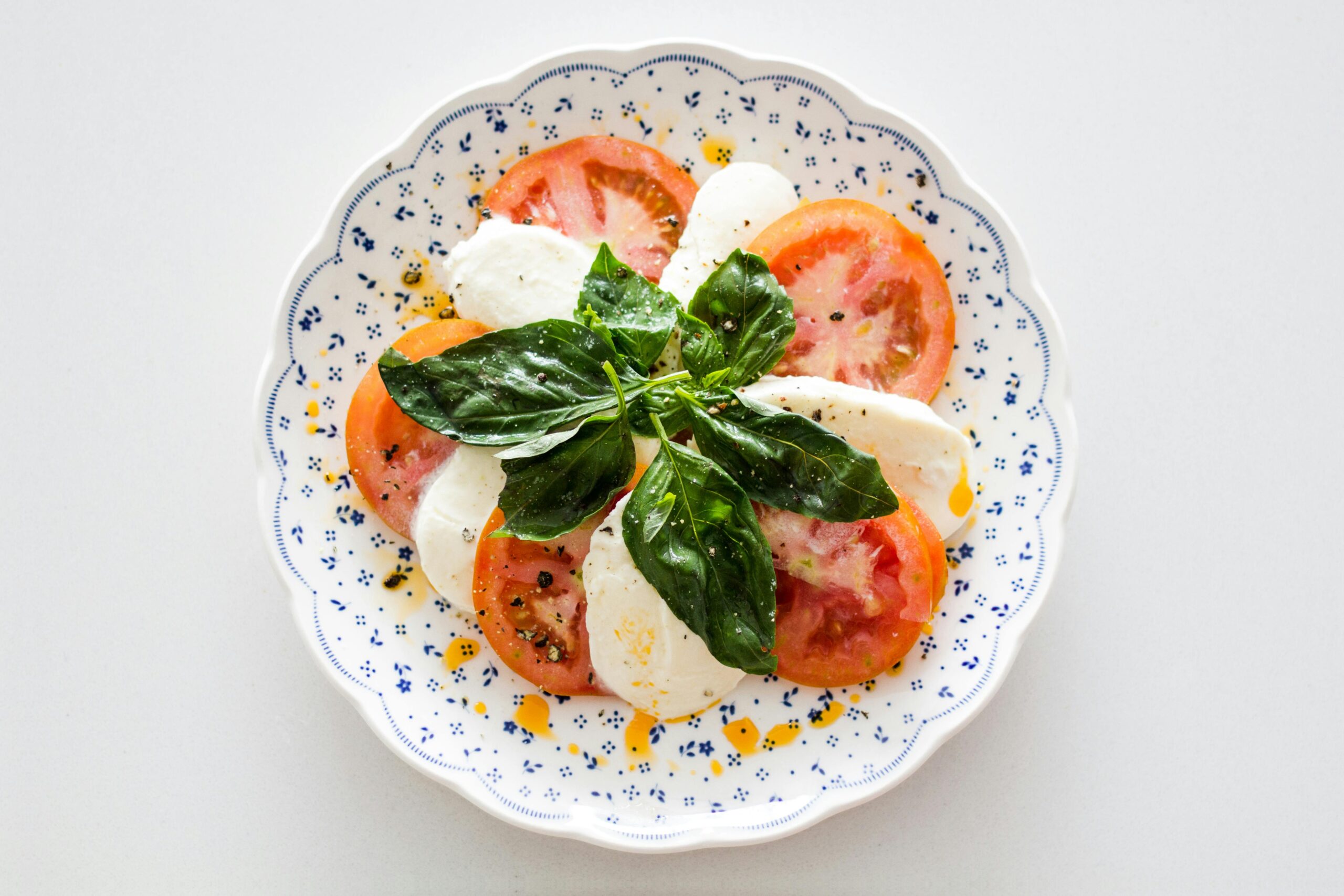Introduction
Burrata cheese, with its creamy center and rich texture, transforms any pasta dish into a gourmet experience. This burrata pasta recipe is not only easy to prepare but also filled with the flavors of fresh herbs, ripe cherry tomatoes, and, of course, luxurious burrata. Perfect for a cozy dinner or a special occasion, this pasta will leave you savoring every bite.
Ingredients
Fresh Ingredients
- Cherry tomatoes: 2 cups, halved
- Fresh basil: 1 cup leaves, loosely packed
- Garlic: 2 cloves, minced
- Burrata cheese: 8 ounces
- Spinach: 2 cups, fresh
Pantry Essentials
- Olive oil: 3 tablespoons
- Pasta (e.g., linguine or spaghetti): 400 grams
- Salt and pepper: to taste
Optional Enhancements
- Red chili flakes: 1/2 teaspoon for a spicy kick
- Balsamic glaze: for drizzling
- Pine nuts: toasted, for a crunchy finish
Serving Suggestions
Plating the Dish
- Transfer the pasta to serving dishes. Tear the burrata and distribute it evenly over the pasta.
- Drizzle with olive oil and balsamic glaze, then sprinkle toasted pine nuts and fresh basil leaves on top.
Pairing Ideas
- Wine pairing: A glass of crisp Chardonnay complements the creaminess of burrata wonderfully.
- Side dishes: A simple arugula salad with lemon vinaigrette makes a fresh, peppery companion to the rich pasta.
Nutritional Benefits
Health Benefits
- Tomatoes: Rich in vitamin C and antioxidants.
- Spinach: A great source of iron and vitamins A and C.
- Burrata: Provides calcium and proteins.
Dietary Considerations
- Gluten-free option: Substitute regular pasta with your favorite gluten-free variety.
- Vegan adaptation: Replace burrata with a vegan cheese alternative and use plant-based pasta.
This burrata pasta recipe combines simplicity with luxury, making it the perfect choice for both quick dinners and festive occasions. Bursting with fresh flavors and creamy textures, it’s sure to satisfy any pasta lover’s palate. Enjoy your culinary creation and the pleasures of homemade Italian cooking!
Culinary Techniques and Tips
Perfecting Pasta Texture
- Choosing the Right Pasta: Opt for high-quality pasta like linguine or spaghetti to best complement the creamy texture of the burrata.
- Cooking to Al Dente: Ensure pasta is cooked to al dente, as it continues to cook slightly when mixed with the sauce, maintaining its texture and flavor.
Enhancing the Sauce
- Simmering Tomatoes: Let the tomatoes simmer until they release their natural juices. This concentrates the flavor and forms the base of your sauce.
- Balancing Flavors: A pinch of salt during cooking enhances the natural sweetness of the tomatoes, while a dash of pepper can add a bit of spice.
Incorporating Burrata
- Adding Burrata Last: Introduce burrata just before serving to maintain its delicate texture.
- Room Temperature Cheese: Let burrata sit at room temperature before adding to the pasta. This enhances its creaminess and ensures it melds perfectly with the warm pasta.
Recipe Variations
Seasonal Twists
- Spring Version: Use asparagus and green peas in place of spinach for a crisp, fresh taste.
- Autumn Adaptation: Incorporate roasted butternut squash and sage for a hearty, seasonal dish.
Experimental Flavors
- Pesto Integration: Swap the olive oil and garlic for a dollop of homemade basil pesto for a richer, herb-infused sauce.
- Smoky Sensation: Add smoked paprika to the sauce for a subtle smokiness that complements the fresh ingredients beautifully.
Common Mistakes to Avoid
Overcooking Pasta
- Timely Drainage: Be vigilant about draining the pasta once it’s al dente to prevent it from becoming mushy.
- Avoiding Rinse: Do not rinse the pasta after cooking; the starch on the surface helps the sauce cling to the pasta better.
Sauce Preparation
- Not Overcrowding the Pan: When sautéing tomatoes, give them enough space to cook evenly and prevent them from stewing in their own juices.
- Controlled Garlic Cooking: Sauté garlic just until fragrant. Overcooking can lead to bitterness.
Burrata Handling
- Gentle Mixing: Fold burrata gently into the pasta to keep it from disintegrating into the sauce.
- Proper Storage: Store burrata in its liquid until ready to use, and consume within a few days of opening for best quality.
Conclusion
Summing Up the Delight
This burrata pasta recipe is more than just a meal; it’s an exploration of textures and flavors that embody the spirit of Italian cuisine. From the al dente strands of pasta catching the rich, tomatoey sauce to the creamy bursts of burrata, each element in this dish offers a distinct pleasure.
Encouraging Home Chefs
Don’t hesitate to experiment with the basic recipe to tailor it to your taste preferences or the seasonal availability of ingredients. Whether you’re cooking for a special occasion or a regular weeknight dinner, this dish promises to bring a touch of elegance to your table.
Final Thoughts
Enjoy the process of creating this exquisite dish, and may each bite bring you closer to the heart of Italian culinary tradition. Buon appetito!
This concludes our four-part exploration into the delicious world of burrata pasta. Armed with these insights, techniques, and variations, you’re well-equipped to impress at the dining table with a dish that’s as nourishing as it is delightful.
You can get more burrata recipes from here:

